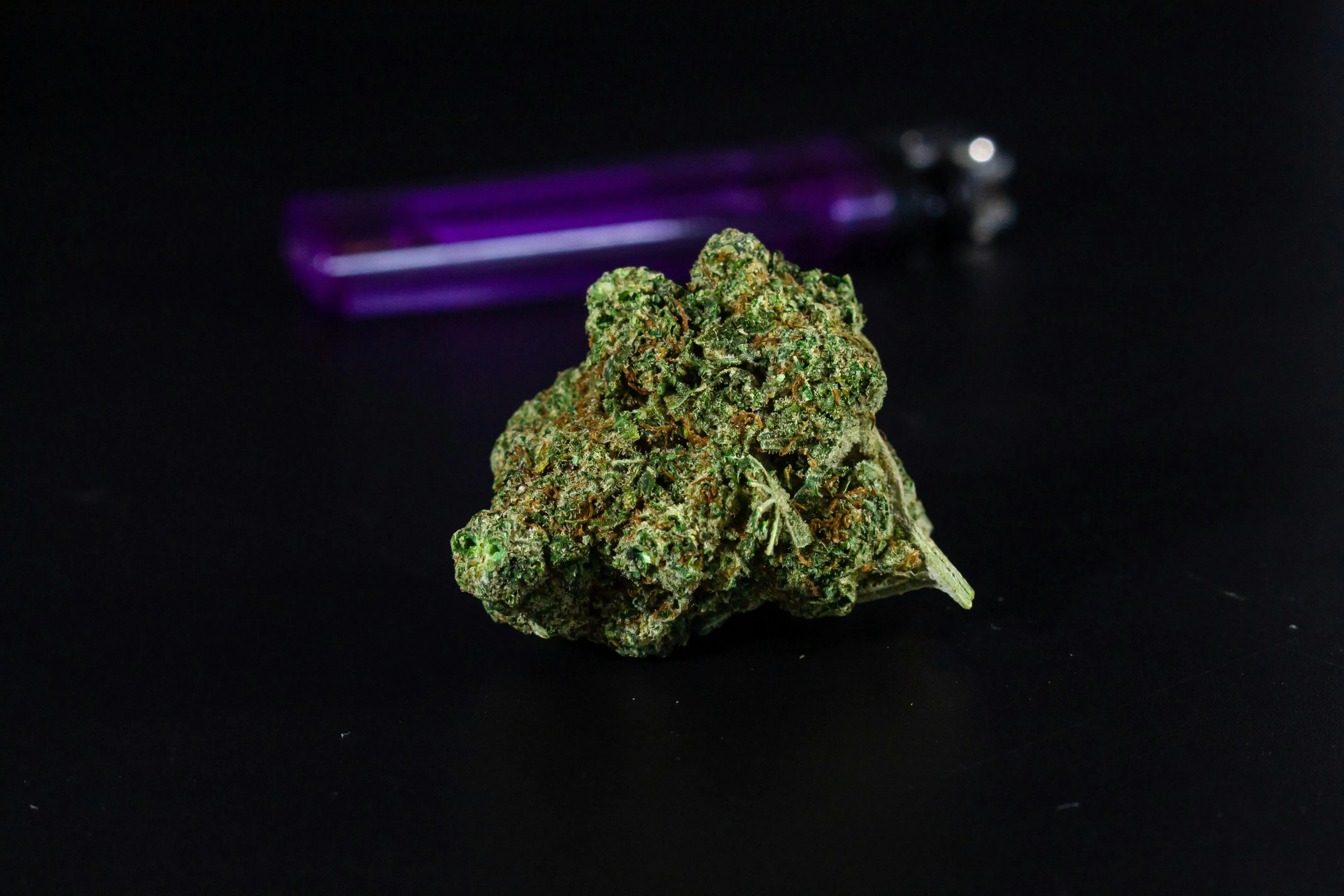Attract Butterflies and Bees with the Majestic Joe Pye Weed
Joe Pye weed (Eutrochium purpureum) is a North American native perennial known for its towering stature, stunning purple blooms, and ability to attract butterflies and beneficial pollinators like bees and hummingbirds. This easy-to-grow beauty thrives in moist environments and adds a touch of wild elegance to any garden. Ready to add this pollinator powerhouse to your landscape? Here’s everything you need to know about growing stunning Joe Pye weed:
Sunshine and Soil:
Joe Pye weed is a sun lover, but it can tolerate some shade, especially in hotter climates. Aim for at least 6 hours of sunlight per day for the best blooms. This plant prefers moist, well-drained soil. Clay soils are acceptable as long as they don’t become waterlogged. A little extra compost worked into the soil during planting will boost its growth and nutrient intake.
Planting and Spacing:
Plant Joe Pye weed in spring or fall. Space plants 2 to 3 feet apart, allowing ample room for their impressive height (typically 4 to 8 feet). For a dramatic effect, plant them in groups of three or five.
Watering Needs:
Joe Pye weed enjoys consistently moist soil, especially during its first year. Water deeply once or twice a week, depending on rainfall. Mulching around the base of the plant will help retain moisture and suppress weeds.
Feeding Your Joe Pye Weed:
This hardy plant doesn’t require heavy fertilization. A light application of balanced fertilizer in early spring is usually sufficient. However, if you notice your plant isn’t thriving, a slow-release granular fertilizer can provide an extra boost.
Pruning and Maintenance:
Joe Pye weed is relatively low-maintenance. Deadheading spent flower stalks will encourage more blooms throughout the season. In late fall or early spring, cut back the stems to about 6 inches above ground level. This promotes healthy growth and prevents the plant from becoming too leggy.
Pests and Diseases:
Joe Pye weed is generally resistant to pests and diseases. Occasionally, it may be susceptible to powdery mildew or leaf spot. If you notice any signs of disease, remove affected leaves and ensure proper air circulation around the plant.
Propagation:
You can easily propagate Joe Pye weed by dividing clumps in spring or fall. This allows you to share this beautiful plant with friends and family. Simply dig up the entire clump, carefully separate it into smaller sections, and replant them in new locations.
Enjoying the Bounty:
Joe Pye weed is a true pollinator magnet. Butterflies, bees, hummingbirds, and other beneficial insects will flock to your garden for its nectar-rich blooms. The flowers also provide food for seed-eating birds later in the season.
The fluffy seed heads are attractive even after the flowers fade. Leave them on the plant over winter to provide visual interest and attract songbirds.
Beyond the Garden:
Joe Pye weed is a versatile plant that can be used in various garden settings:
* Pollinator Gardens: Its nectar-rich blooms make it a perfect choice for attracting butterflies, bees, and other beneficial insects.
* Naturalized Landscapes: Joe Pye weed blends seamlessly into wildflower meadows and naturalistic gardens, adding height and texture.
* Rain Gardens: This plant thrives in moist conditions, making it ideal for rain gardens that help absorb excess rainwater runoff.
A Final Word:
Growing Joe Pye weed is a rewarding experience. With its towering stature, stunning blooms, and ability to attract pollinators, this native beauty will transform your garden into a haven for wildlife. So go ahead, embrace the wild side and plant some Joe Pye weed today!